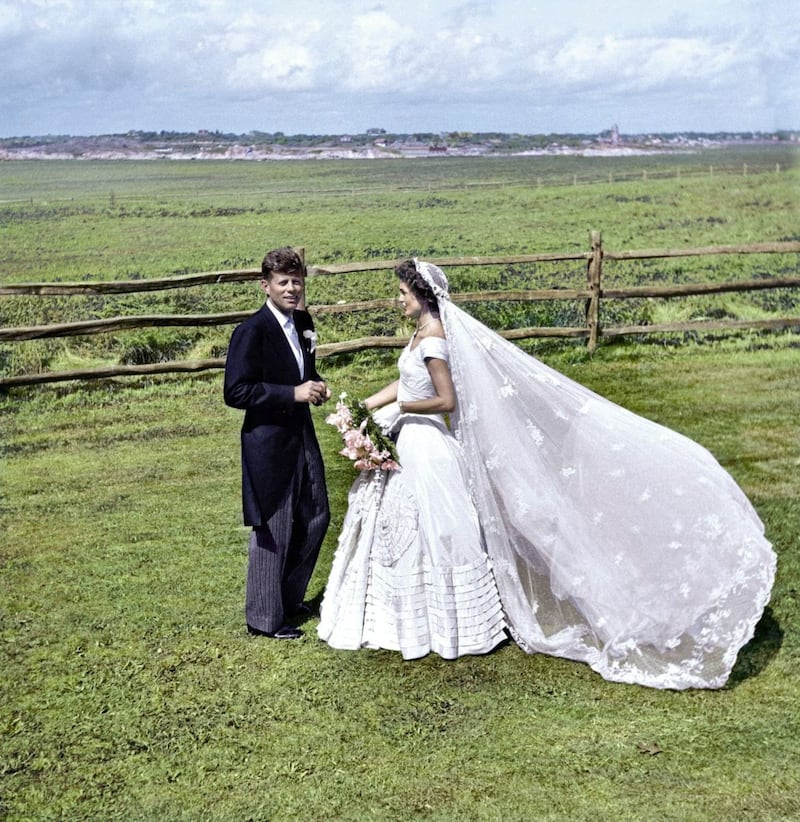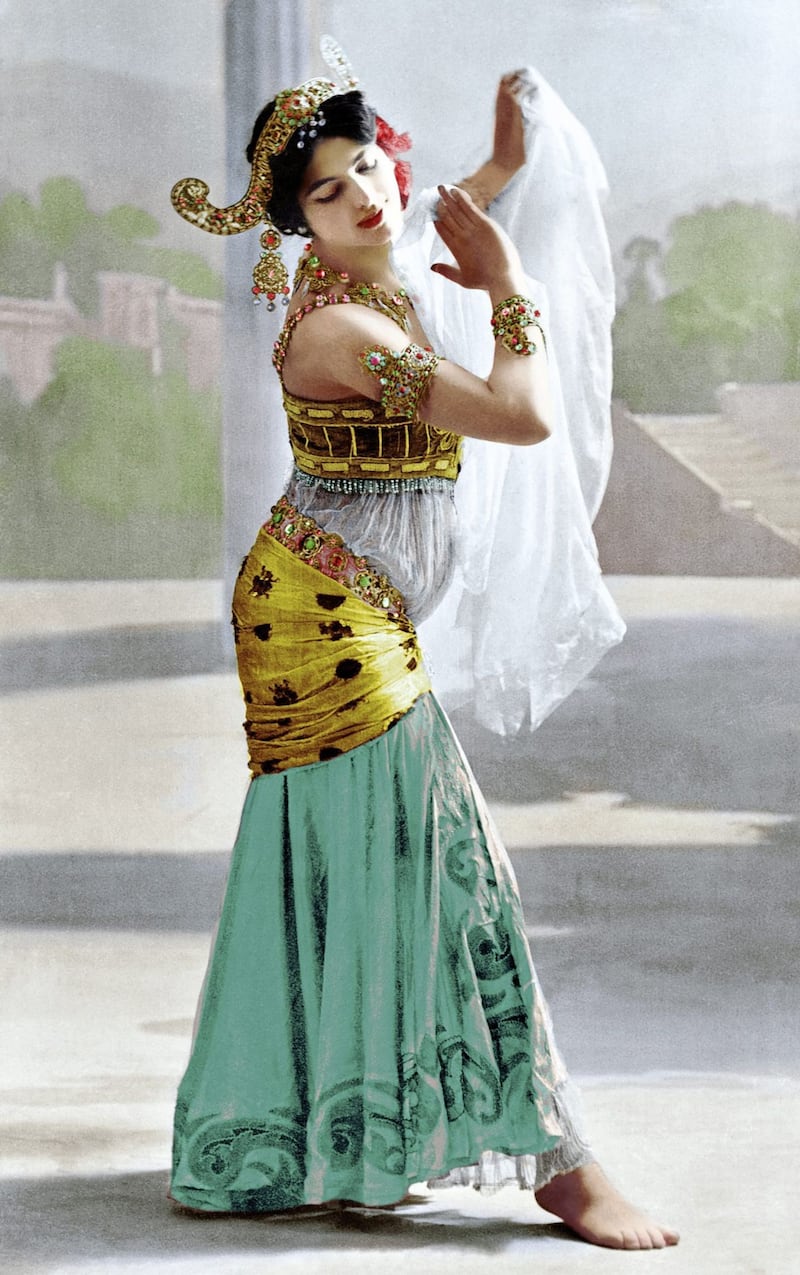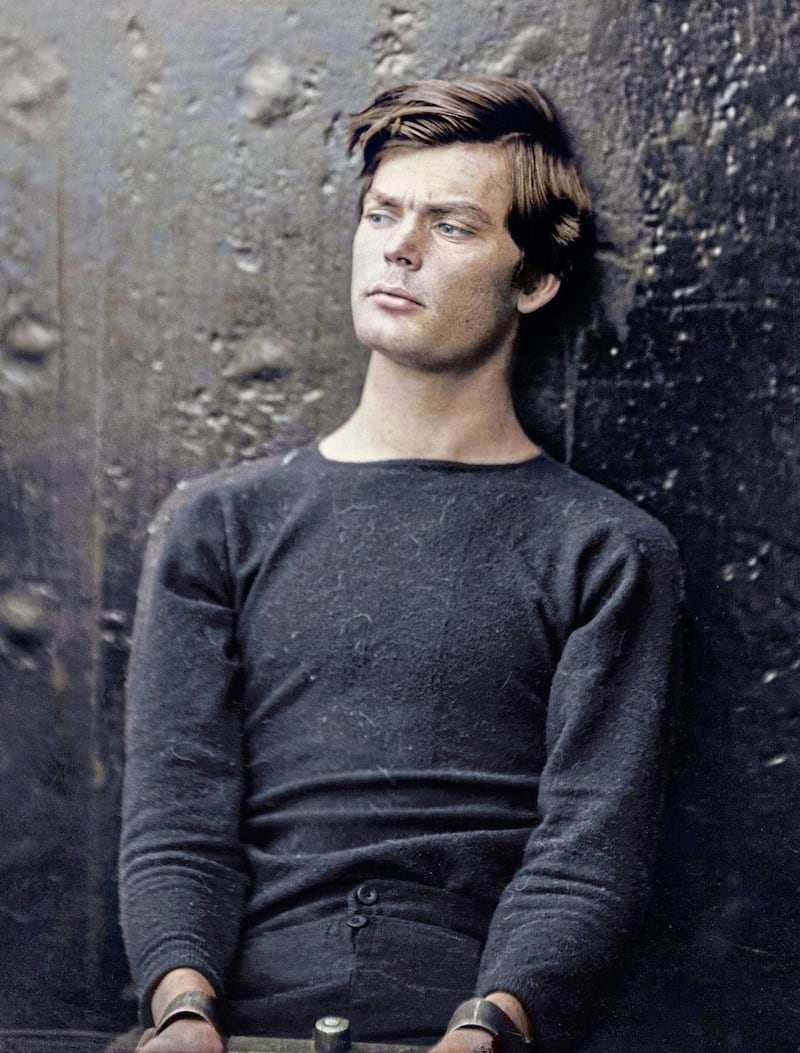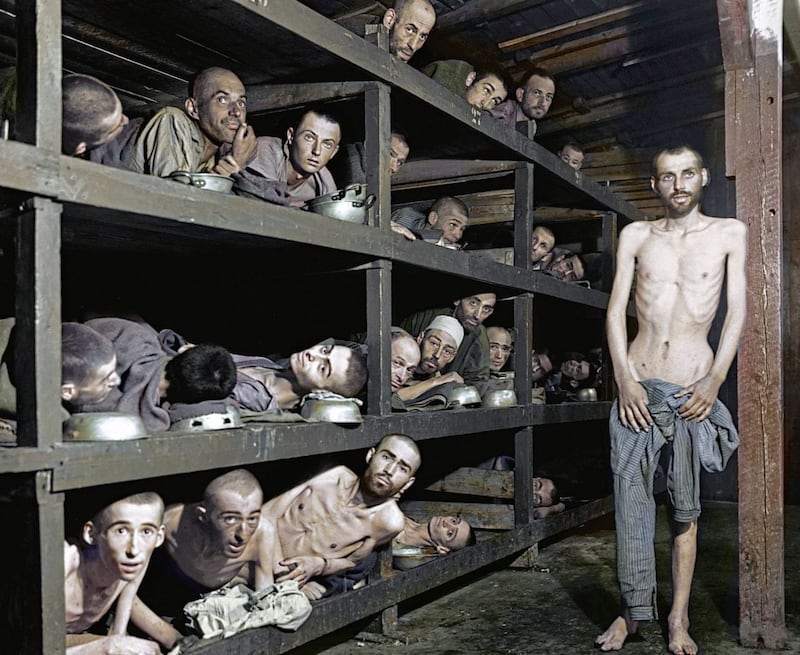REVIEW: The Colour of Time: A New History of the World, 1850-1960
by Dan Jones and Marina Amaral
IT’S ABOUT time, in more ways than one. The months have been passing slowly for those who keenly follow photo colourist Marina Amaral’s work and are delighted to see it showcased in a beautiful hardback book after two years of anticipation.
Amaral (24), a Brazilian self-taught artist, has built up more than 100,000 Twitter followers since she began posting her colourisations. She breathes new life, immediacy and human connection into black-and-white pictures. Even familiar shots are transformed in a breathtaking way.

Her canvas may be a computer screen but each picture is colourised by hand, with layer upon layer to create the appropriate texture as though using a paintbrush. A single photograph can take between an hour and a month to colourise, as she researches the details of her subject and attempts to be as faithful to it as possible, whether the original is 50 or 150 years old.
She has teamed up with English writer, historian, TV presenter and journalist Dan Jones to create The Colour Of Time. This will be, for some, a coffee-table book, in that if you leave your copy on display, it is guaranteed to be picked up, thumbed through and maybe even pinched (oh, and do remove the dust jacket for a pleasant surprise). But it is so much more than a glossy volume to show off. It will be of interest to photographers and historians, of course, but expect it to inspire the next generation too. Wise teachers and parents will use this book to help children connect with people in a past which can so often seem dim and distant. Amaral and Jones are worthy guides.

Despite the oft-used phrase, the camera can be made to lie - or at least be complicit in a lie. These days, through ‘Photoshopping’; but in the 1850s early war photographs were used as propaganda. Roger Fenton’s portrait of the distinguished Captain Thomas Longworth Dames of the Royal Artillery, Jones writes, is smartly presented in a “deliberately sanitised” view of the Crimean War, “but the Irish war reporter William Howard Russell saw another reality. London beggars, he later wrote, ‘led the life of a prince compared with the British soldiers who were fighting for their country’”.

So, too, Alexander Gardner’s shot of Lincoln assassination plotter Lewis Powell distorts the truth. Shackled on a prison ship, he looks coolly away from the lens in a pose that would not look out of place on a boyband member's Instagram account today. The picture is “a study in icy defiance” as manipulated by the photographer - yet in reality Powell, already a war veteran by the age of 21, “was in a tortured state of mind”.
Yet many of the pictures in this book present the reader with uncomfortable truths in a brutally emotive, direct and necessary way. I found the emaciated, pitiful Buchenwald concentration camp survivors more difficult to look at than the fallen soldiers from Gettysburg. Both pictures show the horrors of war in very different ways but the eye gazes of the liberated prisoners seem to implore the viewer never to allow such dehumanising brutality to happen again. Their inclusion is a valuable lesson and even the casual reader leafing through these pages will be stopped in their tracks, connected to people from the past like never before, at last in living colour.

:: The Colour of Time: A New History of the World, 1850-1960, by Dan Jones and Marina Amaral, is out now, published by Head of Zeus, £25



